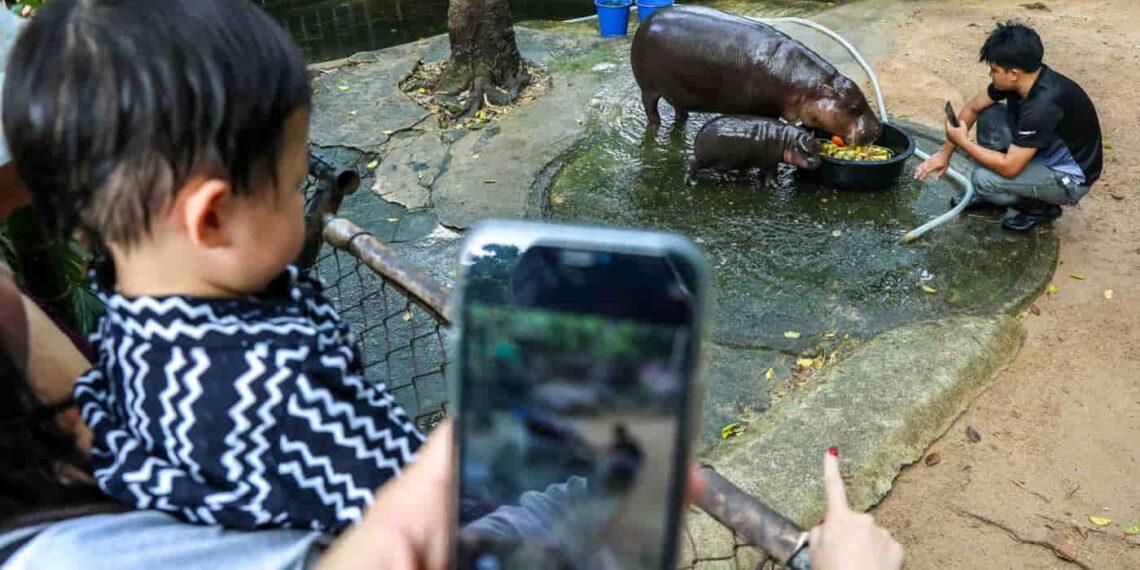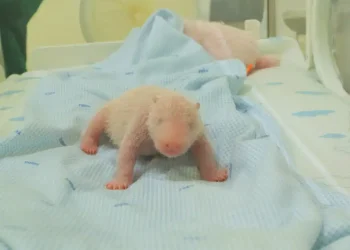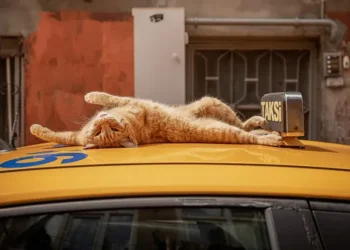The Business of Cute: How Baby Animals Drive Zoo and Aquarium Success
From Internet Sensations to Growing Up
One of the best things that can happen to a zoo or aquarium is for one of their animals to go viral.
Take Moo Deng, a pygmy hippo born in July 2024 at Thailand’s Khao Kheow Open Zoo. Her sassy personality and undeniable cuteness have made her an internet sensation. The zoo has capitalized on her fame, selling Moo Deng merchandise and even releasing a single “by” the hippo in multiple languages.
Meanwhile, Pesto, a baby king penguin at Sea Life Melbourne, became an online celebrity for his insatiable appetite—out-eating his parents within weeks. Even celebrities like Olivia Rodrigo and Katy Perry have stopped by to meet him.
But what happens when these cute animals start to lose their baby charm?
At Sea Life Melbourne, Pesto’s transformation is already raising questions. As king penguins grow, they shed their fluffy feathers and become sleek, confident swimmers. This has led to some guests wondering if Pesto has been removed from display.
“We are getting a few guests thinking we have moved him off display completely,” says a spokesperson for the aquarium. “Most of the team’s time is spent pointing him out to guests because he looks so different now.”
The Money Behind the Magic
Cute baby animals aren’t just good for social media engagement—they’re a financial goldmine.
Ticket Sales & Premium Experiences
Admission fees are just the beginning. Many zoos and aquariums offer premium experiences, such as behind-the-scenes tours or “zookeeper for a day” programs, at much higher prices.
At Sea Life Melbourne, for example:
- Standard adult entry starts at $51
- The Penguin Passport experience—featuring a 45-minute tour and a behind-the-scenes look at feeding—costs $199
Merchandise: The Real Jackpot
Beyond ticket sales, branded merchandise is a major revenue driver. Plush toys, T-shirts, keychains, and other souvenirs turn viral animals into profitable brands.
The demand for Pesto-themed penguin plushies has been so intense that the aquarium had to pull stock from around the world to keep up.
This is no surprise to Professor Neil Carr, from the University of Otago’s Department of Tourism:
“Zoos are in the entertainment business. Visitors are not the only revenue stream. To get out of just about any zoo or aquarium, you have to go through the gift shop.”
From Animal to Brand: When Zoos Turn Cute into Capital
For animal attractions, a single viral animal can be a rising tide that lifts all boats. And nothing draws attention quite like a baby panda.
In Hong Kong’s Ocean Park, the November 2024 birth of twin pandas to their oldest female, Ying Ying, ignited “panda fever.” The zoo embraced the craze, sharing micro-updates, releasing zookeeper-captured photos, and keeping the hype alive ahead of the babies’ public debut on February 16.
Marketing head Franklin Law refers to the pandas as IP (intellectual property)—a term more commonly used for Marvel superheroes or Star Wars characters.
“By educating guests about the different personalities of the pandas, visitors can ‘associate’ with them—just like they would with a favorite band member.”
The merchandise reflects this branding strategy:
- “Big Sister” panda—depicted as delicate and soft-eyed—graces tote bags and pillowcases.
- “Little Brother” panda—with perked ears and a lollipop—features on other souvenirs.
The Ethical Dilemma: When Virality Overshadows Conservation
While zoos and aquariums benefit from viral animals, animal rights organizations argue that this comes at a cost.
Born Free, a UK-based advocacy group, warns that once the initial hype fades, these animals remain in captivity indefinitely. In an October 2024 statement, they criticized the zoo industry:
“While merchandise sales, ticket revenue, and celebrity endorsements benefit the zoo, the individual animal remains in an unnatural captive environment with little or no chance of returning to the wild.”
Instead of flocking to see viral animals, the group encourages people to support habitat conservation efforts and advocate for better captive animal welfare.
The Domino Effect: Using Popular Animals to Support Others
Zoos and aquariums hope that viral animals act as a gateway—drawing in visitors who then engage with other species and educational exhibits.
Professor Carr points out that while pandas and penguins attract attention, it’s much harder to get the public excited about “brown jobs”—less conventionally cute species that also need conservation support.
Ocean Park and Sea Life Melbourne both emphasize that their focus is on storytelling and education, not just individual animals.
“Pesto’s story resonated deeply worldwide, but it’s just one of many heartwarming and impactful tales we have to share,” says Sea Life’s representative.
For now, though, Pesto is still enjoying the spotlight—his first birthday party videos are racking up views on Instagram.
This article was rewritten by JournosNews.com based on verified reporting from trusted sources. The content has been independently reviewed, fact-checked, and edited for accuracy, neutrality, tone, and global readability in accordance with Google News and AdSense standards.
All opinions, quotes, or statements from contributors, experts, or sourced organizations do not necessarily reflect the views of JournosNews.com. JournosNews.com maintains full editorial independence from any external funders, sponsors, or organizations.
Stay informed with JournosNews.com — your trusted source for verified global reporting and in-depth analysis. Follow us on Google News, BlueSky, and X for real-time updates.














